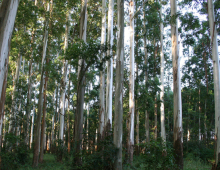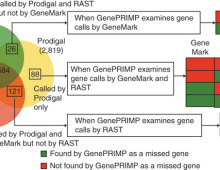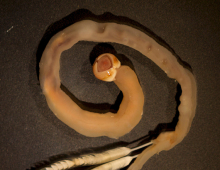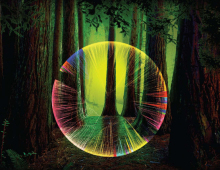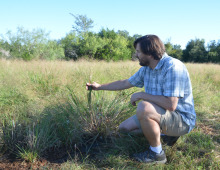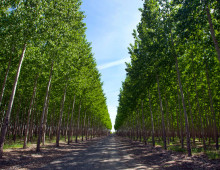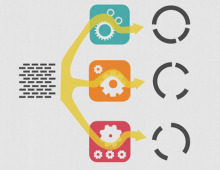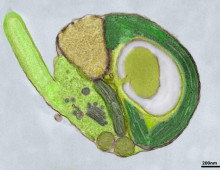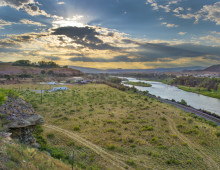Eucalyptus grandis Genome 2.0—Community Resource
Genetic maps improve the reference genome assembly of the candidate bioenergy feedstock The Science: A team of French researchers developed an array that allowed them to produce high-resolution genetic maps of two eucalyptus species that they then compared to the reference genome of eucalyptus produced by a team including DOE JGI researchers. The Impact: The… [Read More]
